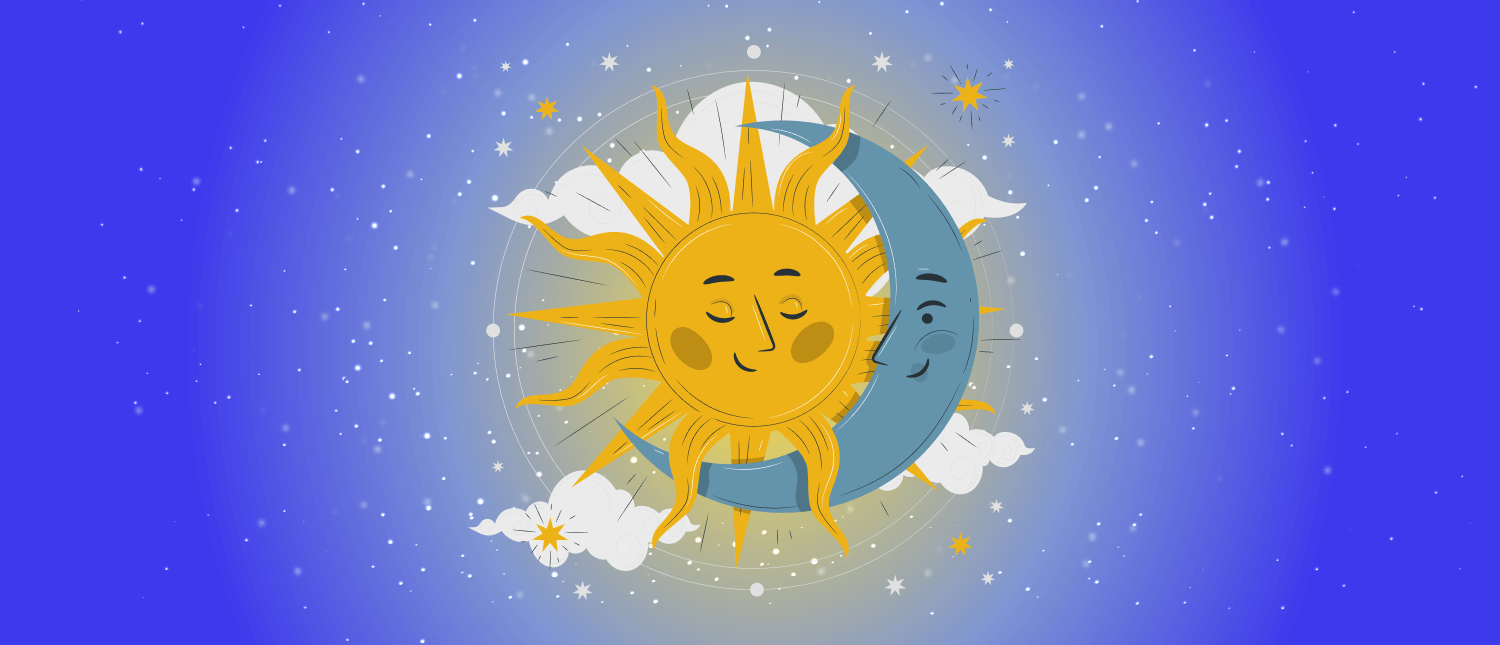


Human fascination with the moon—our planet's only natural satellite—has spanned millennia. Its rhythmic transition from a barely visible sliver to a radiant, full orb, imbues significant symbolism and subtly steers our lives. This article explores the moon's impacts, its cyclical stages, and the rich insights provided by a lunar calendar.
As the moon travels around the Earth roughly once per month, it undergoes varying phases resulting from its relative positioning with Earth and the Sun. These phases include the new moon, first quarter, full moon, and last quarter, each holding distinct symbolic implications and believed by many spiritual and mystical traditions to have unique impacts on human behaviour and the world at large.

Contrasting with the solar year-based Gregorian calendar, a lunar calendar traces the cycles of the moon. Each lunar month starts with a new moon, progressing through the first quarter, full moon, and last quarter, concluding just before the ensuing new moon. This cycle spans about 29.5 days. Comprehending these phases can deepen our connection with the moon's sway.
At the new moon phase, when the moon positions itself between Earth and the Sun, it's traditionally viewed as a period of fresh starts and goal setting. The moon's obscured face during this phase symbolizes a clean slate onto which we can cast our dreams and ambitions. It's an ideal time for manifestation, planning, and preparation for the imminent lunar month.
About a week after the new moon, the moon enters the first quarter phase, appearing as a half-moon in the sky. This phase signifies a period of testing and growth. It's a time to review progress towards our goals, face impediments with resolve, and alter our plans if required.

The full moon, approximately two weeks after the new moon, marks the period when the moon is entirely bathed in sunlight. Symbolically, this phase signifies the realization of aspirations and the peak of efforts. It's also a period of release, shedding what no longer benefits us. In many cultures, the full moon is a moment for reflection, rejoicing, and emotional liberation.
The last quarter moon, visually similar to the first quarter but visible in the early morning sky, signals introspection, forgiveness, and closure. As we ready for the arrival of the new moon, this phase encourages us to evaluate our experiences, learn from our choices, and relinquish past events that may be hindering progress.
While scientific proof remains indeterminate, anecdotal and historical narratives suggest that the moon's stages may influence human behaviour and psychological state. Many people cite intensified emotions around the full moon, while others find the new moon an impactful time for affirming intentions and initiating new projects. The waxing and waning of the moon's illumination can act as a potent metaphor for personal evolution and introspection, shaping our decisions and actions.
The cyclical trajectory of the moon, mirrored in the lunar calendar, imparts a distinct rhythm that subtly steers our lives. Aligning with this celestial cadence can offer a sense of cosmic connection, a path towards personal growth, and a guide for decision-making.
By monitoring the lunar phases and understanding their symbolic implications, we can synchronize our actions and ambitions with the moon's rhythm. In doing so, we establish a harmonious equilibrium between our personal evolution and the natural world, deepening our bond with the universe and our place within it.
The lunar calendar and the moon's sway on our lives act as gentle reminders of the natural sequences of transformation and continuity inherent in our existence. Embracing the lunar calendar's rhythm can guide our decision-making, enrich our self-understanding, and forge a deep bond with the cosmos. As we sway with the moon's rhythms, we align with the rise and fall of life, leading to a path of equilibrium, satisfaction, and cosmic harmony. Essentially, the moon's influence is a quiet melody, a celestial lullaby, serenading us through life's journey, subtly lighting our paths, and reminding us of the radiant beauty of our existence within this immense, star-filled cosmos.